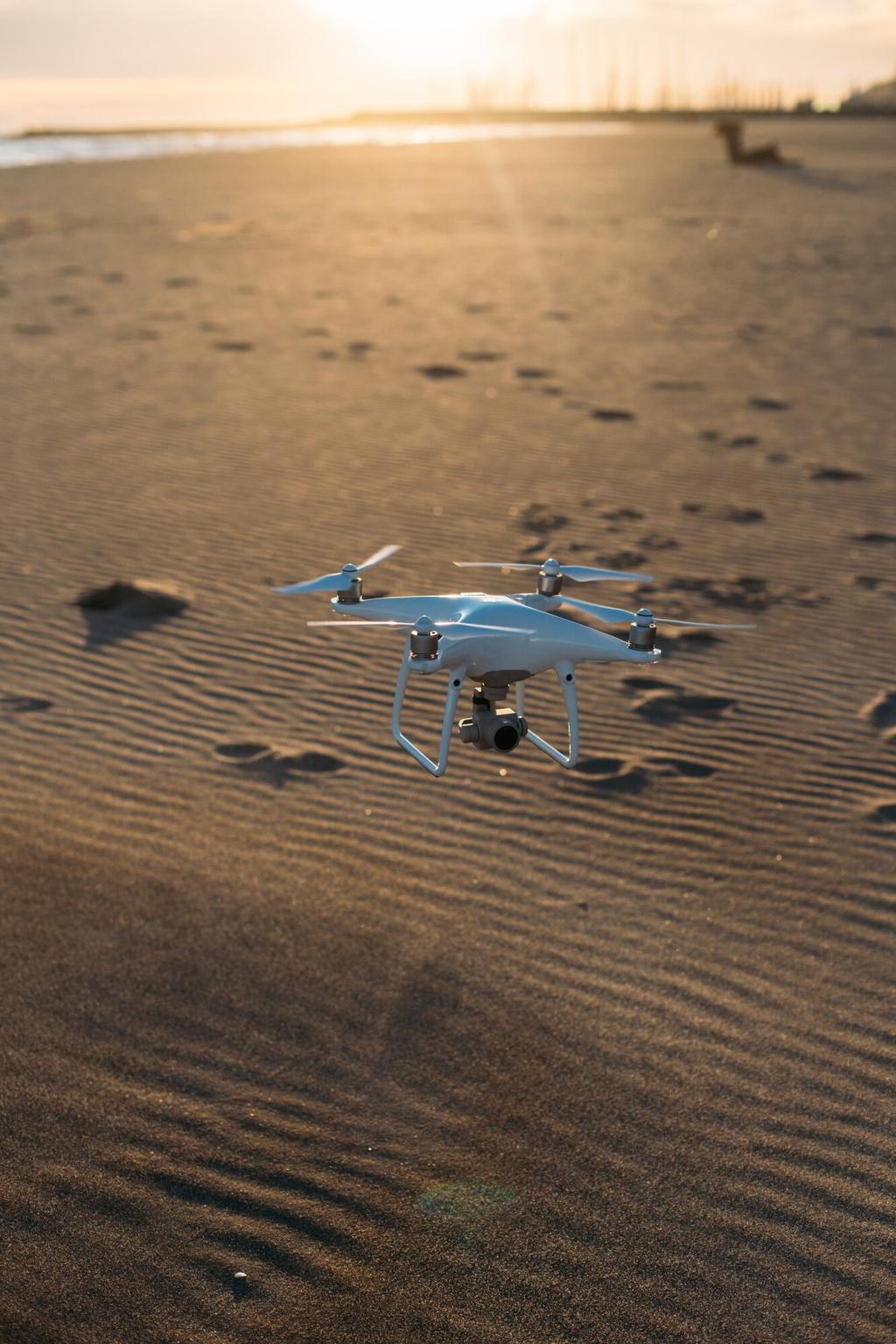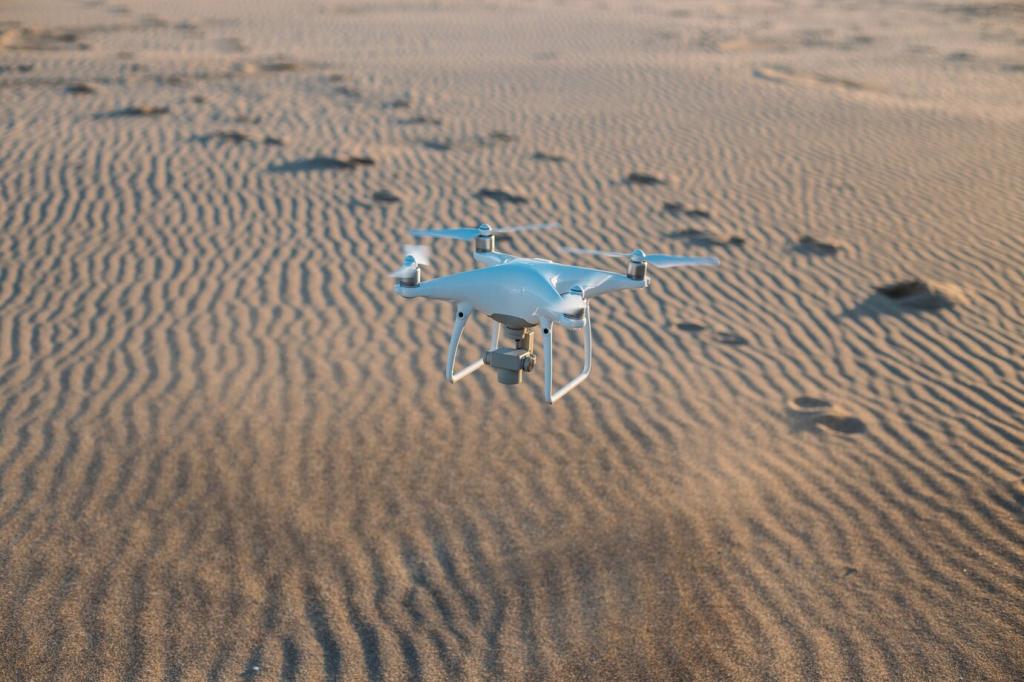Drones and Aerial Mapping for Forest Health Assessment
Advancements in drone technology and aerial mapping have revolutionized forest health assessment practices, enabling researchers, conservationists, and land managers to monitor large forested areas with unprecedented accuracy and efficiency. By integrating high-resolution imaging and sophisticated geospatial analysis, aerial mapping with drones provides invaluable insights into the condition of forests, helping to identify threats, track changes, and support sustainable management. This approach minimizes the limitations of traditional ground surveys, offering a dynamic, cost-effective, and scalable solution for maintaining the health and biodiversity of forests around the world.

Previous
Next
Aerial Mapping Techniques for Forest Health Evaluation
Drones equipped with multispectral and hyperspectral cameras can assess vegetation health by analyzing light reflected at different wavelengths. These images highlight physiological changes in plants long before symptoms are visible to the naked eye. Indices like NDVI, derived from spectral data, provide quantitative measures of forest canopy health, enabling detection of stress factors such as drought, pest infestation, or nutrient deficiencies across large areas.
Recent advancements in photogrammetry allow drones to produce detailed 3D models of forest canopies. These models offer insights into canopy density, gaps, and tree height distribution, which are critical for assessing forest structural diversity and biomass. By comparing models from different time periods, managers can monitor growth trends, the effectiveness of restoration projects, and the impact of disturbances such as storms or logging events.
Integrating thermal sensors on drones enhances detection of water stress, pest infestations, and disease outbreaks by capturing heat signatures emitted by vegetation. Warm or cool areas in thermal imagery often signal physiological changes, and when combined with visible and multispectral data, this information pinpoints areas that require urgent attention. This multi-layered mapping approach supports early intervention, safeguarding forest health on a landscape-wide scale.
Advantages Over Traditional Assessment Methods
Ground-based surveys are often time-consuming and limited in spatial scope, especially in large or inaccessible forests. Drones overcome these obstacles by covering expansive terrains in a single flight. The resultant datasets offer panoramic views and macro-level insights that are impossible to achieve solely from the ground, ensuring more representative and accurate forest health evaluations.

